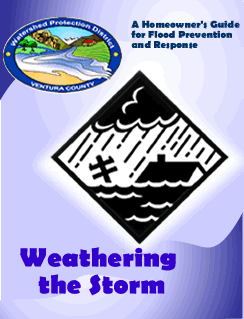 Flooding is a national problem and causes more than $2 billion in property damages each year, and losses due to flooding are not covered under most homeowner or business policies. Are you at risk? There is a 26% chance of experiencing a flood during the life of a 30-year mortgage – compared to a 4% chance of fire. Most communities in the United States can experience some kind of flooding.
Flooding is a national problem and causes more than $2 billion in property damages each year, and losses due to flooding are not covered under most homeowner or business policies. Are you at risk? There is a 26% chance of experiencing a flood during the life of a 30-year mortgage – compared to a 4% chance of fire. Most communities in the United States can experience some kind of flooding.
Find out if you are located in a floodplain or special flood hazard area. Are you protected? Consider purchasing flood insurance – available through the National Flood Insurance Program (NFIP). Generally, there is a 30-day waiting period for this policy to become effective, so don’t wait until the last minute to apply.
A flood insurance policy may also reimburse you for the actions you take to prevent flood damage. For more information about the NFIP, contact your insurance company or call the NFIP at (800) 720-1090, TDD# 1-800-427-5593.
In addition to information shown here, always check “Ready Ventura County“, the website of Ventura County Sheriff’s Office of Emergency Services (OES) in the event of any emergency. The OES maintains the site in partnership with a number of County agencies and departments to provide critical information as emergencies occur. The OES website is a great way to learn disaster preparedness and to find contact information for the participating agencies and departments.

